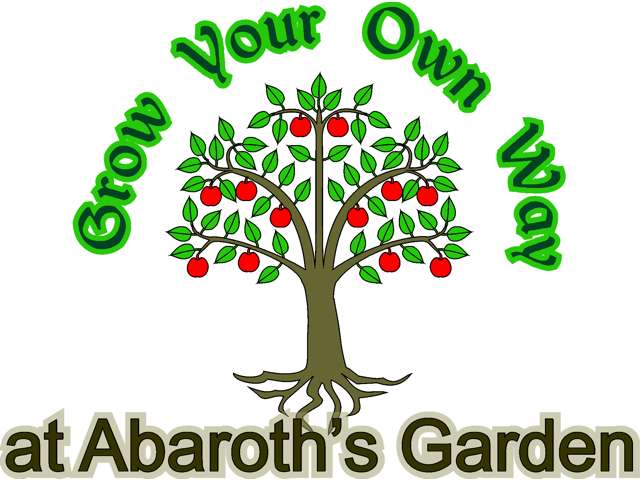What is Tomato Blight?
Tomato Blight, also known
as Potato Blight or Late Blight is a disease which affects both
tomatoes and potatoes in warm, damp conditions. It is caused by
a fungus-like organism called phytophthora infestans
which spreads rapidly. Tomatoes grown outdoors are especially
vulnerable as the wind and rain distribute the spores even
faster, but those grown in a greenhouse or polytunnel are by no
means immune.
Early Blight of potatoes is a different disease, common in North
America but relatively rare in the UK.
What does it look like?
Typically, the disease is
first seen on the leaves, which start to exhibit a mosaic
pattern before turning grey/brown and furry. If the disease gets
into the fruit, the tomatoes will rot quickly starting where
they are attached to the truss.
Click thumbnails for larger images
Can it be treated?
There are currently no chemical treatments which
are effective against Late Blight.
Indoor plants
In the greenhouse or polytunnel, remove all
affected leaflets or leaves and any fruit on affected trusses.
Also remove any trusses holding only small fruits or flowers. Fruit on
unaffected trusses may still ripen on the plant, even if all the
leaves have been removed. Note that the disease spreads quickly,
so regular inspection and pruning is essential. If this is not
possible it is probably best to cut your losses and remove the
plants. When the plants are done, spread the spent compost from
the containers or grow-bags in a part of the garden where you
won't be growing tomatoes or potatoes for at least four years.
Outdoor plants
Outdoor plants should be dug up and cropped as soon as symptoms
appear. Use the fruit as soon as possible after picking. Do not
grow tomatoes or potatoes in the same soil for at least four
years.
Disposing of the plants.
Do NOT add infected material to the compost heap. It should
ideally be burnt or consigned to the green-waste bin. Remove all
pruned material from the greenhouse as soon as possible.
|
